The Setting
Anumle was established about the early 1920s during the colonial era. It was initially intended to serve as a Workers’ village for the non-teaching staff of the then Prince of Wales College and School (later to be known as Achimota School). The first impression, upon entering the community, is one of a typical well-planned rural township but, no, Anumle is a community hemmed inside the Achimota School in the city of Accra.
Development of the Housing Units
The community comprises of about one hundred one-bedroom and two-bedroom units. Every single development in the community was undertaken with compressed earth blocks on a substructure built with natural stones neatly arranged and finished in cement-sand screed. The buildings were plastered with fine laterite soil both on the interiors and the exteriors. They were all roofed with treated timber in simple pitch with a covering made up of corrugated asbestos sheeting.
All the buildings in the community were painted with white emulsion paint with the wall base painted with black paint, possibly to reflect the colour scheme of Achimota School where the community people worked; a practice which has been kept till date.
The household units were rendered complete with a detached kitchen, while a cluster of households was served by blocks of 8-unit bathroom and 8-unit KVIP toilet facility each for males and females.
Each property was assigned a unique number based on a system that was carefully crafted.
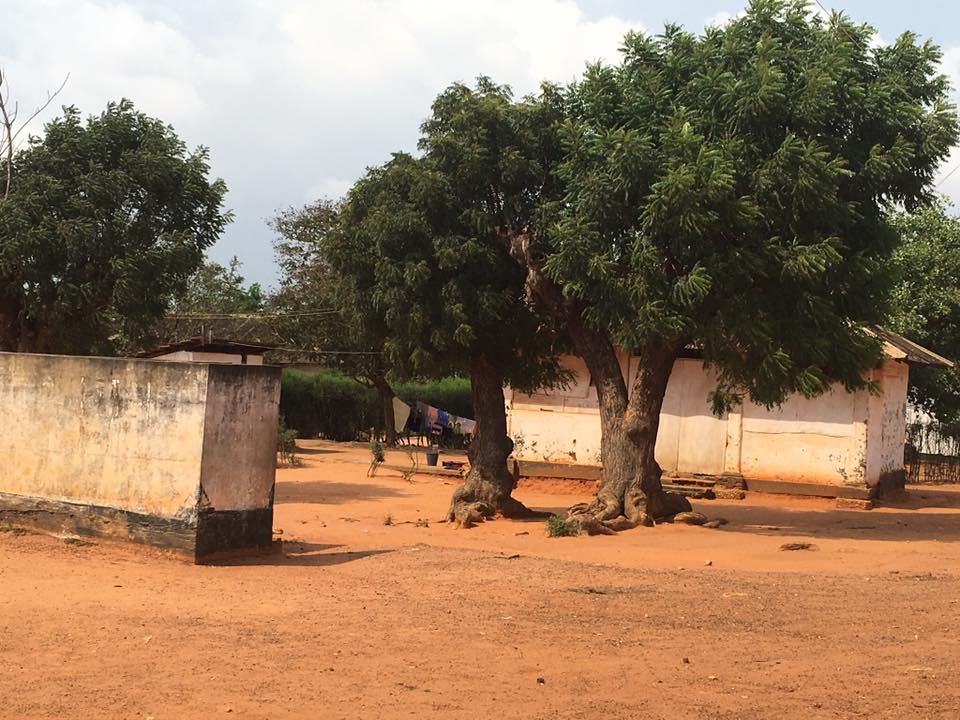
Environmental Consciousness
As though a conscious decision was taken back then to keep the community eco-friendly, a minimum of two trees (mostly Neem trees) were planted within the compound of each house while the boundaries of the households were delineated with neatly-kept and trimmed hedges of milk-bush shrubs.
In the early days, the community had an incinerator built at one corner of it, which received all refuse and was burnt. This continued until other ways of refuse disposal was introduced over time. To date, the Anumle community remains extremely neat without any trace of filth anywhere within the community.
Social Infrastructure
Even though the individual households did not have water supplied to them, several stand pipes were positioned at vantage locations across the community that provided treated water for their needs. Electricity was supplied to each household.
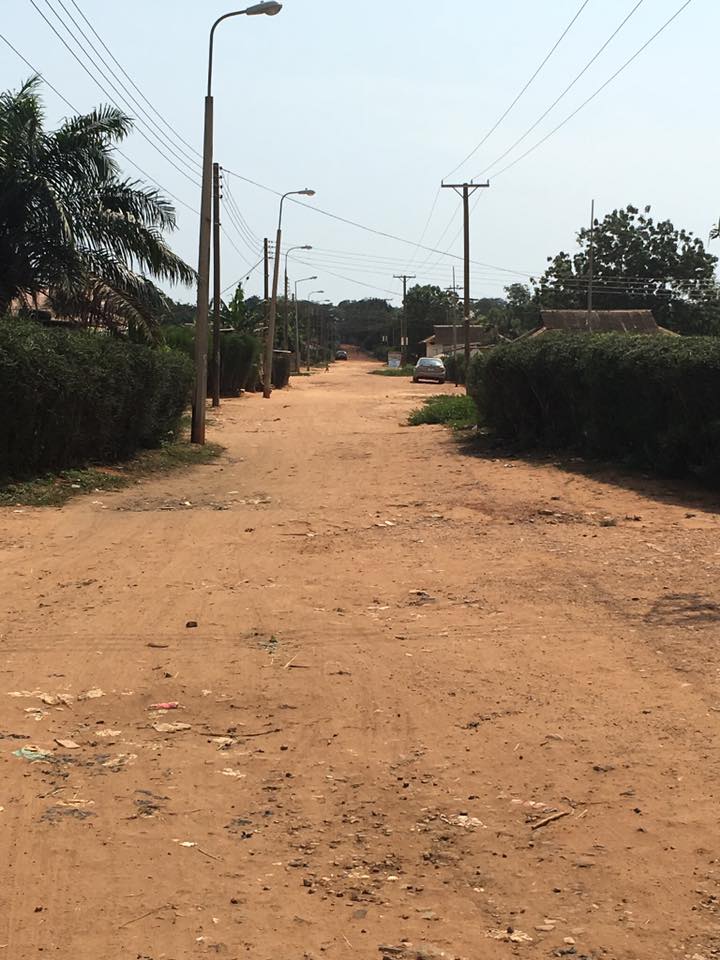
As one enters the community, the straightness of the main access road complete with relics of drains and culverts constructed in the 1920s and adorned with street light poles (proudly embossed ‘Bullers Ltd, London’), dating back to the 1920s, remain as a testament to the orderliness that went into the planning scheme for the community. It is interesting to note that the electric poles remain intact after almost a century, still serving its intended purpose.
From the main access road, a visitor cannot fail to notice the well laid-out branch lanes that lead to the various households. By way of social infrastructure, Anumle had an open space almost in the centre of the community that served the market needs of the inhabitants with a secured storage facility where unsold wares could be kept, as well as a community centre.
Until the last two or three years when the Achimota School fenced off its property including portions of Anumle, there was no fencing whatsoever in the community and, yet, it was one of the safe and secured communities within the Accra metropolis where community members went about their business in all serenity and with the presence of mind required. The Anumle community was planned in such manner that even after nine decades, the community remains extremely well laid out in 2018.
Children of the community was served with a basic school with a bungalow for the Headteacher, housing units for the school’s drivers to enable them transport schoolchildren who came from as far as Teshie, Palladium, Adabraka each day. By this, that school in Anumle trained children who moved on to Achimota School and subsequently became great citizens of this country.
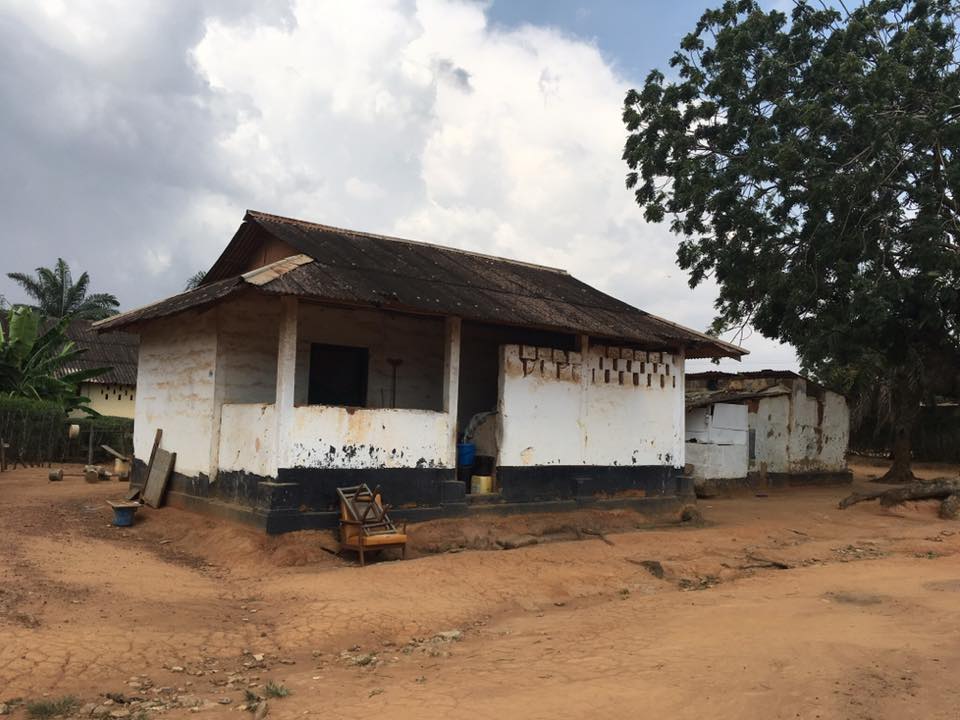
Self-Preservation
Almost a century into the establishment of the Anumle community, the community remains intact. Virtually every single building developed there remains in good habitable state. Once within the community, one gets a sense of homeliness and freshness with clean healthy surroundings.
Lessons from Anumle
1) Compressed Earth Block construction for especially residential dwellings has been proven to last for several decades in so far as construction methodology and the needed post-construction maintenance regime are followed.
2) Our several rural and peri-urban communities around the countryside do not need to have their houses re-built and new developments undertaken to make them feel fulfilled. All they require is ensuring that existing housing infrastructure is well-maintained while the communities are properly served with the provision of basic infrastructure to make life in those communities fulfilling.
3) Communities do not require tarred road necessarily to enjoy decent living but instead require user-friendly roads that enhance the livelihood of its inhabitants.
4) A community does not require sophistication to enable its inhabitants enjoy decent living.
5) Contrary to widely-held claims that Neem tree is not suitable as shady trees near buildings due to its strong roots that could be destructive, the story of Anumle has proven that the Neem tree can actually be used without much damage to buildings close-by if the necessary precautions are taken. This is clearly evident across the community.
6) Without any fencing, etc., the community of Anumle located right within the city has been able to preserve their planning scheme for almost century. This clearly shows that the challenge of encroachments and alteration to planning schemes can be easily dealt with by a people who are determined to keep their community scheme within the limits of the planning scheme.
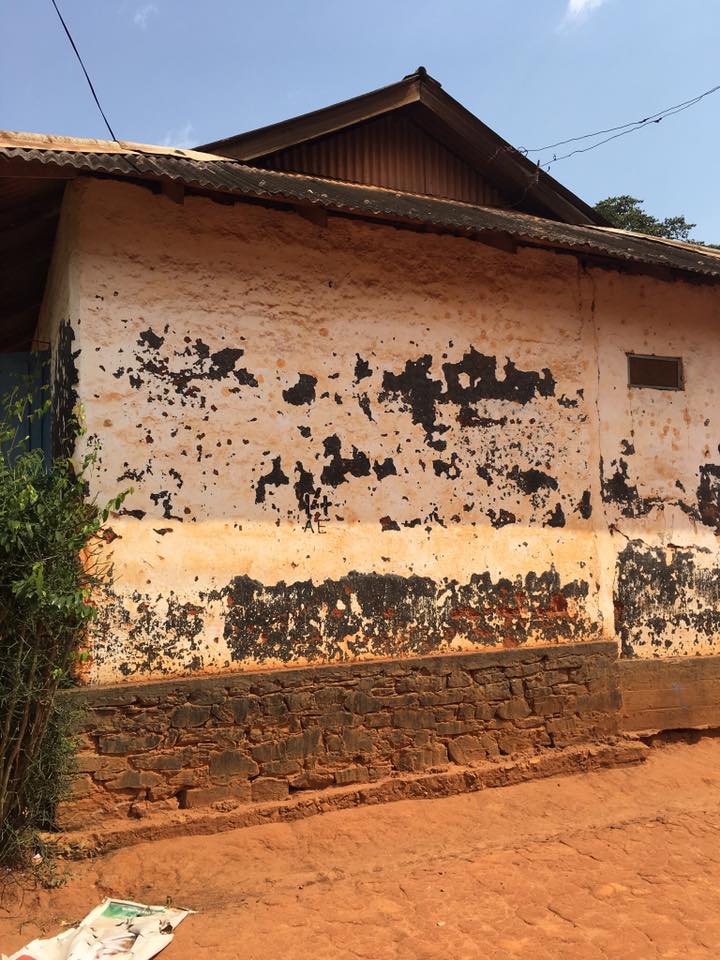
Conclusion
Indeed the story of Anumle does provide the clearest pointer to what Ghana has missed in its development planning agenda – thoughtfulness in ensuring that communities are developed to satisfy the direct needs of its people and not the reverse where infrastructure and development are provided with the hope that the communities will assimilate them.

My dear friend,

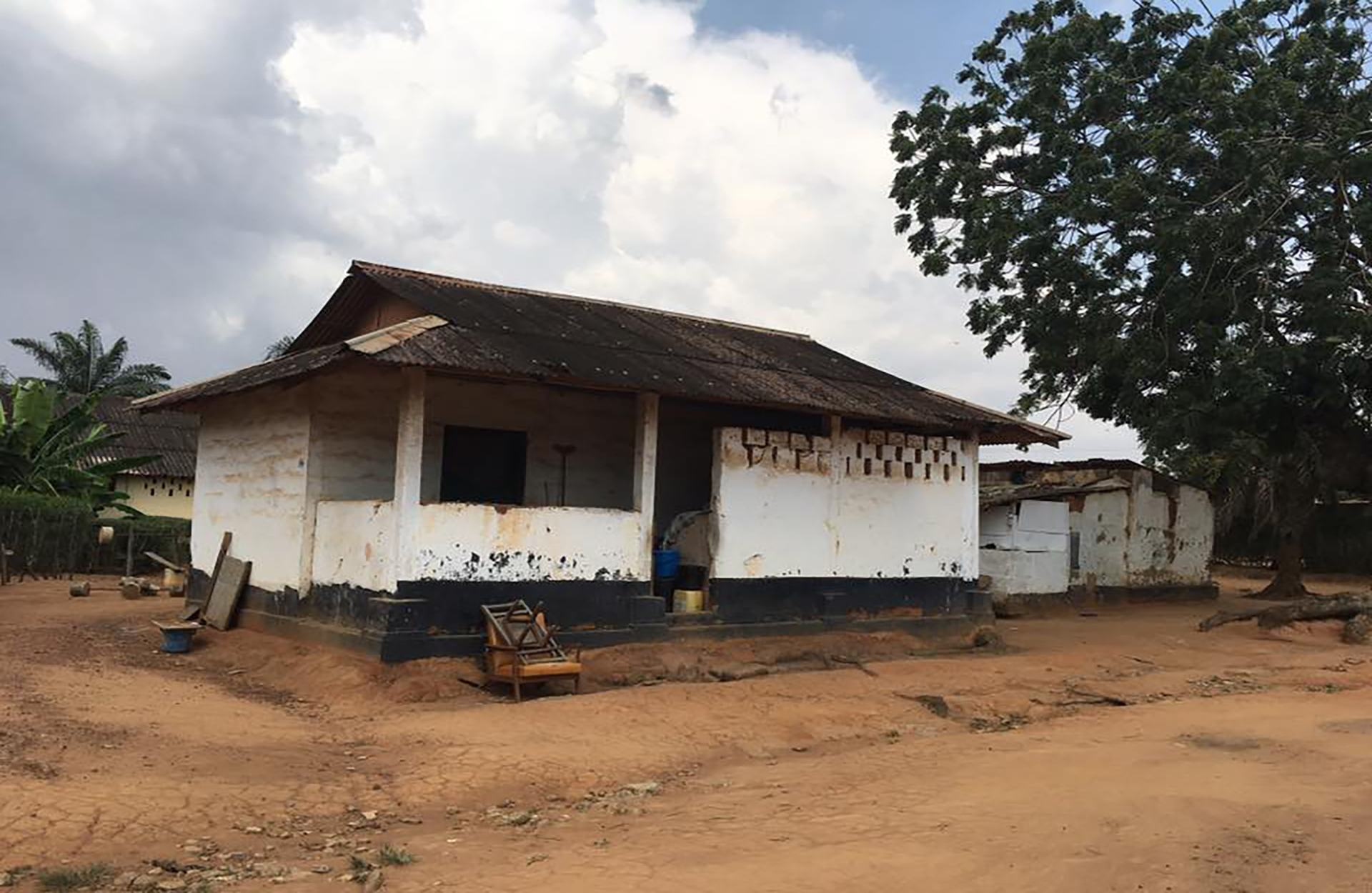
Trackbacks/Pingbacks